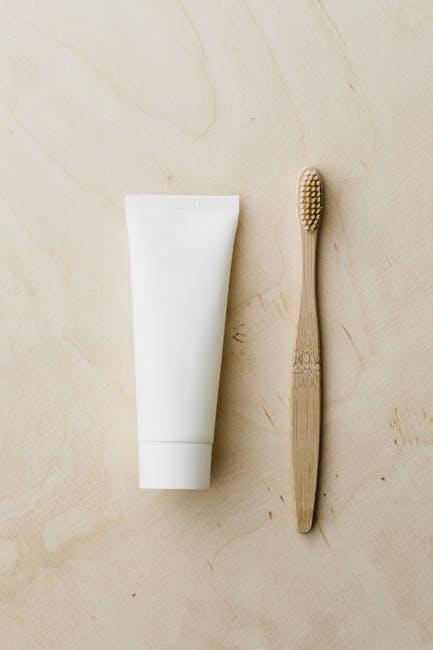
Dental Composites Market Forecast 2025 to 2035 – Future Market Insights
The Dental Composites Market is evolving rapidly with advancements in dental materials and increasing demand for aesthetically pleasing dental restorations. From 2025 to 2035, the market is projected to experience substantial growth, fueled by technological upgrades, rising dental care awareness, and an expanding geriatric population worldwide. In this article, we will delve deep into the market forecast for dental composites, explore key growth factors, trends, and provide practical insights for dental practitioners and investors alike.
What Are Dental Composites?
Dental composites are tooth-colored restorative materials composed mainly of resin and filler particles used for repairing cavities, fractures, and other dental defects. They offer superior aesthetics compared to amalgam fillings and are widely preferred for their natural appearance and durable performance.
Market Overview and Forecast (2025-2035)
The global dental composites market is forecasted to grow at a healthy compound annual growth rate (CAGR) of approximately 6.5% from 2025 to 2035. Key markets demonstrating notable adoption rates include North America, Europe, Asia-Pacific, and Latin America.
| Region | Market Size in 2025 (USD Billion) | Projected Market Size in 2035 (USD Billion) | CAGR (%) |
|---|---|---|---|
| North America | 2.5 | 4.3 | 5.8 |
| Europe | 2.1 | 3.6 | 5.5 |
| Asia-Pacific | 1.8 | 4.0 | 8.2 |
| Latin America | 0.6 | 1.1 | 6.3 |
| Middle East & Africa | 0.4 | 0.7 | 5.0 |
Key Growth Drivers
- Increasing Demand for Aesthetic Dental Solutions: Patients increasingly prefer natural-looking dental restorations, pushing demand for composite resins over metallic alternatives.
- Advancements in Composite Chemistry: Innovations such as nanohybrid and bulk-fill composites enhance durability, curing time, and ease of application, encouraging more dentists to adopt these materials.
- Rising Awareness of Oral Health: Global campaigns promoting dental hygiene and regular checkups lead to more restorative dental procedures.
- Expanding Geriatric Population: Older adults often require dental treatments to manage tooth wear and decay, boosting composite materials demand.
- Emergence of Minimally Invasive Dentistry: Composite fillings allow conservative cavity preparation, preserving more of the natural tooth.
Trends Shaping the Dental Composites Market
1. Nanotechnology in Dental Composites
Nanotechnology has revolutionized composite formulations, improving polishability, wear resistance, and bonding strength. Nanofilled composites are becoming the standard, favored for their longevity and esthetic appeal.
2. Bulk-Fill Composite Expansion
Bulk-fill composites, which allow for faster procedures and deeper curing, are gaining traction among dental professionals aiming to enhance operational efficiency without compromising quality.
3. Growing Usage in Pediatric Dentistry
Dental composites are safer and more comfortable options for children. Market growth is supported by an increase in pediatric dental care services and preventive treatments.
Benefits of Dental Composites
- Esthetic Appeal: Customizable tooth shades provide a natural look.
- Minimally Invasive: Requires less drilling and preserves tooth structure.
- Versatility: Suitable for repairs, fillings, veneers, and cosmetic enhancements.
- Bond Strength: Excellent adhesion to dental tissues reduces secondary caries risk.
- Quick Curing: Light-cured composites save chair time and improve workflow.
Practical Tips for Dental Professionals Using Composites
- Ensure Proper Isolation: Use rubber dams to prevent contamination during placement.
- Choose the Right Composite Type: Assess patient needs; bulk-fill composites for deep cavities, nanohybrid for anterior restorations.
- Optimize Curing Time: Follow manufacturer guidelines meticulously to avoid under- or over-curing.
- Layering Technique: Use incremental layering to reduce polymerization shrinkage and improve durability.
- Regular Training: Keep up to date with new materials and application methods via continuous education.
Case Study: Adoption of Bulk-Fill Composites in a Dental Clinic
Background: A mid-sized dental clinic in California sought to reduce procedure times while maintaining excellence in restorative dentistry.
Implementation: The clinic transitioned from traditional composites to bulk-fill composites for posterior restorations.
Results:
| Metric | Before Bulk-Fill Adoption | After Bulk-Fill Adoption |
|---|---|---|
| Average Procedure Time | 45 minutes | 30 minutes |
| Patient Satisfaction | 80% | 92% |
| Restoration Longevity (2 years) | 88% | 90% |
This case highlights how innovative dental composite materials can enhance clinical efficiency and patient outcomes.
Future Outlook and Opportunities
The Dental Composites Market is poised for dynamic growth over the next decade, thanks to ongoing material science breakthroughs and expanding global dental care access. Key future opportunities include:
- Integration of Smart Composites: Materials with antibacterial properties and real-time degradation sensing may revolutionize dental restorations.
- Expansion in Emerging Markets: Increasing disposable income and dental infrastructure investments in Asia-Pacific and Latin America provide fertile ground for market expansion.
- Customized Dentistry: Digital imaging and 3D printing could allow composites to be precisely tailored for individual patient anatomies.
Conclusion
The forecast for the Dental Composites Market from 2025 to 2035 paints an optimistic picture defined by innovation, growing demand, and improved patient care techniques. With features such as enhanced aesthetics, durability, and ease of use, dental composites are rapidly becoming the preferred choice for restorative procedures worldwide. By staying informed about emerging technologies and market trends, dental professionals and investors can leverage the immense potential this market offers in transforming oral healthcare globally.
Stay ahead of the curve — embrace the future of dental composites to deliver lasting smiles!


